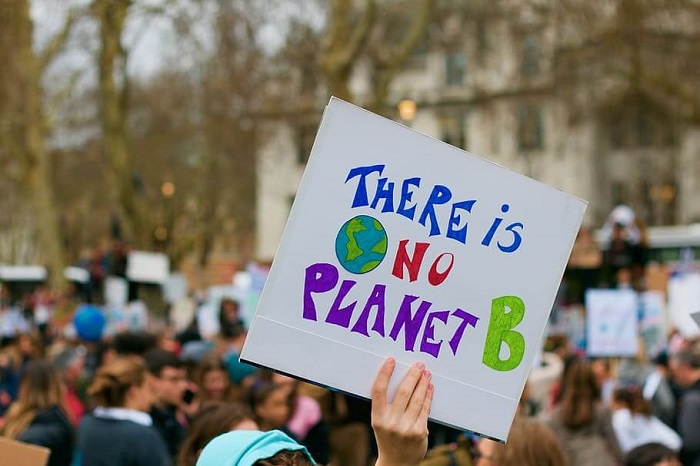ISABEL RUBIO ARROYO | Tungsteno
The banning of some chemicals is helping to close the hole in the ozone layer, a kind of invisible shield that protects all life on Earth. "It is recovering thanks to clear political action. This example shall serve as an inspiration for climate change," says Josef Aschbacher, Director of Earth Observation Programmes at the European Space Agency. To mark International Day for the Preservation of the Ozone Layer on 16 September, we investigate some reasons not to lose hope for another of the century's great challenges: climate change.
The cost of low-emission technologies falls
Robert Lempert and Elisabeth Gilmore, co-authors of several Intergovernmental Panel on Climate Change (IPCC) reports, say there are grounds for optimism. For a start, the costs of several low-emission technologies have fallen in recent years. "For example, renewable energy is now generally less expensive than fossil fuels, so a switch to clean energy can often save money," they say.
Masahiro Sugiyama, also from the IPCC, agrees that the cost of some key technologies such as solar, wind and electric vehicles has been reduced considerably. This could contribute to a reduction in emissions. According to the United Nations, from 2010 to 2019, the costs of solar energy have decreased by 85%, wind energy by 55% and lithium-ion batteries by 85%. "There exist options in all sectors to reduce emissions by half by 2030," Sugiyama adds.
The cost of solar energy technologies has fallen in recent years. Credit: Unsplash
The use of electric vehicles is on the rise
Transport is a growing source of global greenhouse gas emissions. In 2022, global carbon dioxide emissions from the transport sector increased by 3% over the previous year, to almost eight gigatonnes, according to the International Energy Agency (IEA). Despite this, the United Nations stresses that "the use of electric vehicles is accelerating worldwide." Sales of these cars reached 6.6 million in 2021, tripling their market share from two years earlier, according to the IEA.
"All-electric vehicles have grown dramatically since the Tesla Roadster and Nissan Leaf arrived on the market a little over a decade ago, following the popularity of hybrids," says Alan Jenn. The assistant research professional at the University of California's Institute of Transportation Studies points out that a number of policies have encouraged the production of such vehicles. These include California's zero-emission vehicle regulation, which requires automakers to produce a certain number of zero-emission vehicles based on the total number of vehicles sold in the state; the European Union's carbon dioxide emission performance standards for new vehicles; and China's new energy vehicle policy.
Electric vehicles are becoming more affordable. Credit: CBS News
IPCC scientist Sudarmanto Budy Nugroho stresses that the deployment of electric micro-mobility (e.g., electric scooters and electric bicycles) can also contribute to reducing greenhouse gas emissions. "This can also make mobility more accessible to all, including marginalised populations," he says.
Innovative projects and laws to combat climate change
In recent years there has been a "consistent" expansion of policies and laws to mitigate climate change, according to the IPCC. "This has led to the avoidance of emissions that would otherwise have occurred and increased investment in (low-carbon) technologies and infrastructure", says its 2014 report. The United Nations stresses that "in many countries, policies have enhanced energy efficiency, reduced rates of deforestation and accelerated technology deployment, leading to avoidance of—and in some cases reduced or removed—emissions."
In addition, a growing number of innovative projects are attempting to mitigate the effects of climate change: from scientists proposing to cover large masses of ice and snow with reflective blankets during the summer to prevent them from melting to those trying to find out whether seawater can be used to produce brighter, more reflective clouds to cool the planet. While some researchers are trying to discover which technologies can reduce the environmental footprint of concrete, others are aiming to build the world's largest nuclear fusion reactor for a clean, cheap and inexhaustible energy solution.
The ITER project aims to create the world's largest nuclear fusion reactor. Credit: Wikimedia
While there are reasons for optimism, experts such as Lempert and Gilmore agree that there is a problem: potential solutions "are not being implemented fast enough." "In addition to pushback from industries, people's fear of change has helped maintain the status quo," they say. If there is one thing the IPCC reports make clear, it is that "the future inevitably involves more and larger climate-related transformations."
· — —
Tungsteno is a journalism laboratory to scan the essence of innovation.
